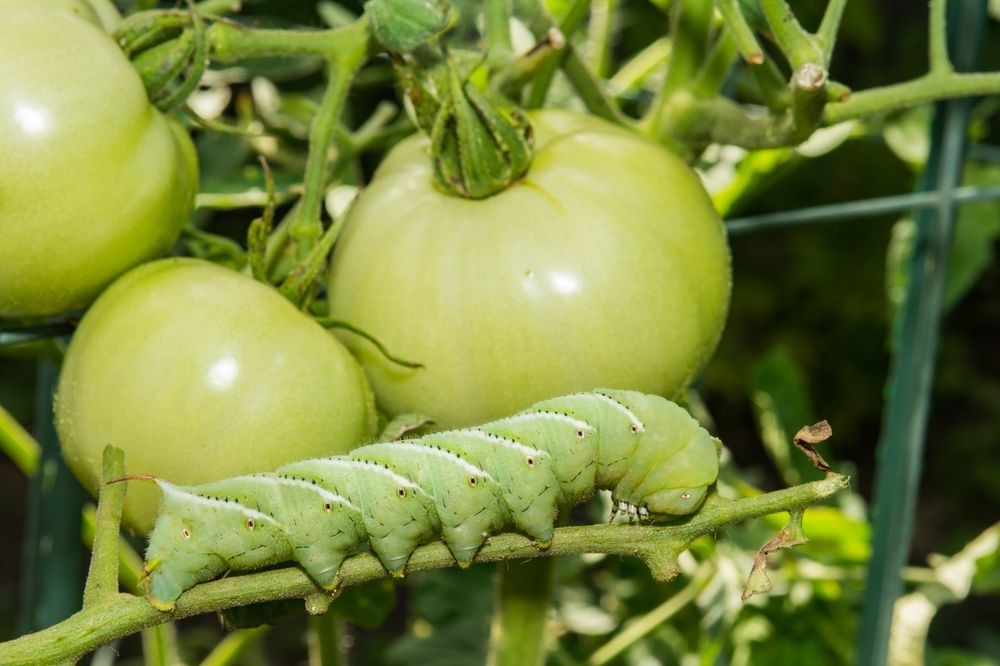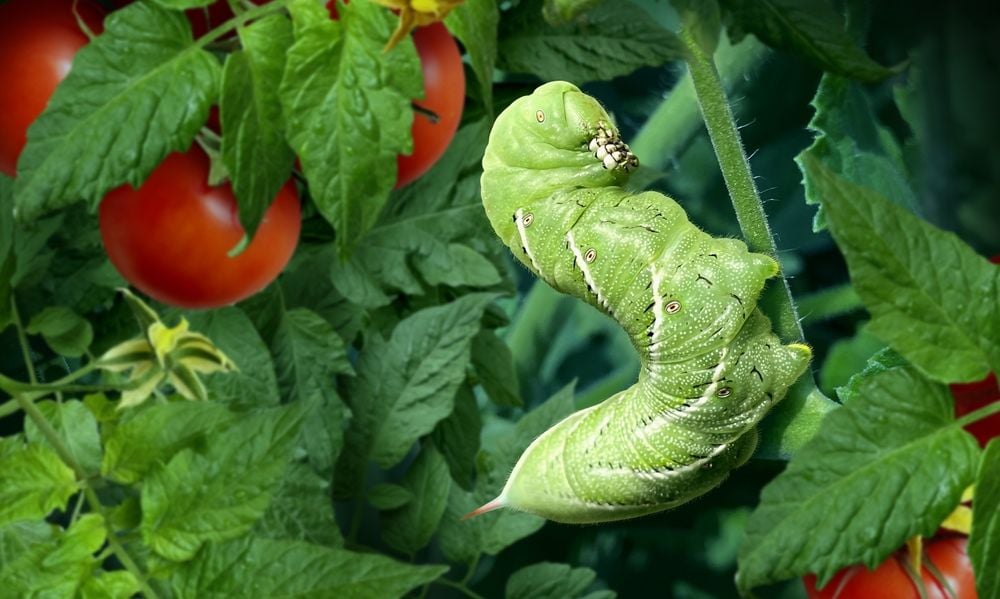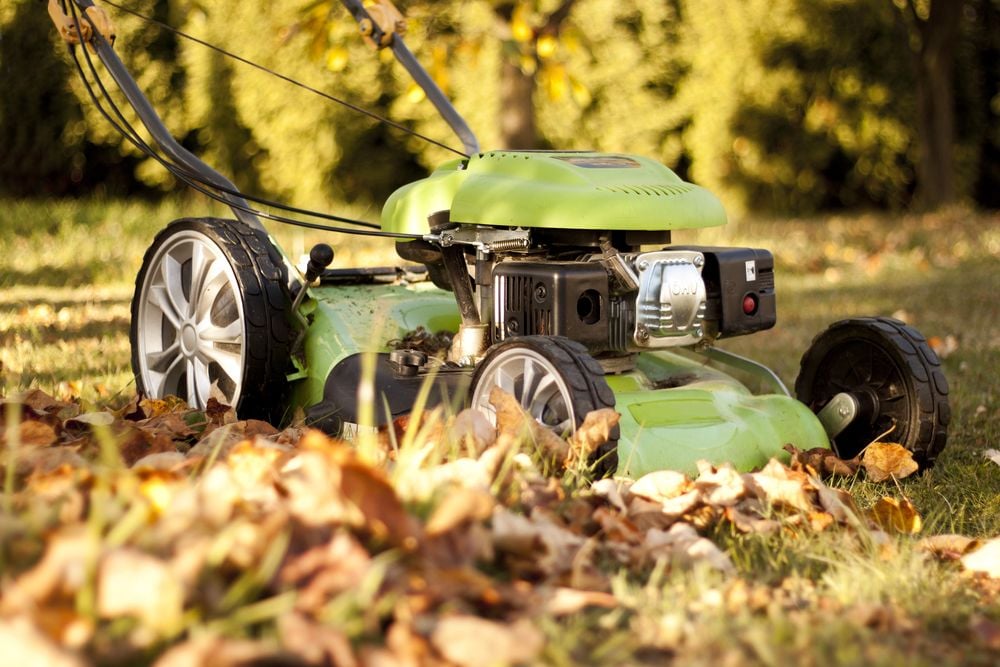
Defeating the Serpent of the Garden: A guide to battling Tomato Hornworms
- Jun 19, 2025
Every summer, vegetable gardeners around the world rejoice as they harvest plump tomatoes, only to find their entire season’s hard work destroyed by a single pest – the Tomato Hornworm. Here, we delve into some all-natural techniques to banish and prevent these green destroyers from taking over your gardening dreams.
The ruins of your tomato crops are the handiwork of the five-spotted hawk moth’s larvae better known as Tomato Hornworms. These neon-green terrors gnaw on the blossoms, stems, leaves, and fruits of your tomato plants, causing irreversible damage. “These pests enter our world when adult moths lay eggs on tomato leaves that give birth to the culprits behind the widespread destruction”, informed Damon Abdi, Assistant Professor of Landscape Horticulture at Louisiana State University AgCenter. The life cycle of these creatures involves consuming plant matter until they mature into larvae, burrow down into the soil to pupate, and then give birth to another generation of ruinous caterpillars. Besides tomatoes, their other victims include eggplants, peppers, and other nightshades.
Following the advice of Ankit K. Singh, Assistant Professor of Sustainable Agriculture at the University of Maine, Tomato Hornworms can be recognized by their vivid green hue marked with white stripes and a black, harmless horn at the rear end, reaching 4 inches in adulthood. However, he warns that don’t rely on the horn for identification as it isn’t purposefully used by the caterpillar.
If you spot signs of missing or chewed foliage and fruit, or notice an increase in green and black caterpillar faeces since these are easy to spot, this is a clear sign of a Tomato Hornworm infestation. It can be quite a challenge to spot these caterpillars directly, as they blend with the green plant backdrop. Thus, focusing on the signs of infestation rather than the worms themselves might prove more effective.

Before reaching the stage of severe infestation, some preventive measures can help keep your crops worm-free. Abdi recommends diversifying the garden by planting trap crops that attract the moths redirecting them from your tomatoes, and inviting natural predators of the pesky invaders, like lady beetles. Rotating crops to counter the lifecycle of Tomato Hornworms can also be an effective measure. To protect the crops from the five-spotted hawk moth, Singh suggests using row covers. He also offered the advice of tilling the soil post-harvest and before planting the next bunch as it exposes the hiding larvae and disrupts their development.
An interesting friend to make in your battle against these pests is the braconid wasp. This ally lays eggs on the Tomato Hornworms, which eventually leads to the death of the Worm as the wasps emerge from cocoons resembling grains of rice, adds Abdi.
If the infestation has crossed the preventive stage, Abdi suggests hand-picking as one of the most effective remedies, where the caterpillars can be plucked and dropped onto a soapy water pool. Other natural pest control options include organic insecticides, homemade sprays combining garlic, cayenne, dish soap, and water or diatomaceous earth that abrades the pests’ exoskeletons to dehydrate them.
In this never-ending war against Tomato Hornworms, equipped with natural deterrents, persistence and these aforementioned techniques, your garden will surely relish a victorious harvest.






